NU6102
Synonym(s):6-Cyclohexylmethoxy-2-(4ʹ-sulfamoylanilino)purine;Cdk1/2 Inhibitor II, NU6102 - CAS 444722-95-6 - Calbiochem
- CAS NO.:444722-95-6
- Empirical Formula: C18H22N6O3S
- Molecular Weight: 402.47
- MDL number: MFCD08702693
- SAFETY DATA SHEET (SDS)
- Update Date: 2023-06-30 15:45:59

What is NU6102?
The Uses of NU6102
NU6102 is a known potent inhibitor of CDK1, CDK2 and CDK7. Cyclin-dependent kinases play a key role in the regulation of cell division which is controlled by the phosphorylation of distinct substrates in different phases of the cell cycle. In any circumstance where the cell cycle is deregulated, cyclin-dependent kinases activities are altered. Since NU6102 is known to exert inhibitory activities a gainst CDKs, it has potential to act as a control in the cell cycle, especially in various cancers. NU6102 is known to be an anticancer agent use to repress the expression of breast cancer cells.
The Uses of NU6102
Cyclin-dependent kinases (CDKs) play a key role in regulating cell division by phosphorylating distinct substrates in different phases of the cell cycle. Cell cycle deregulation in many cancers often results from altered CDK activity. Thus, CDKs are potential pharmacological targets for anticancer agents. NU 6102 is a potent inhibitor of Cdk1 and Cdk2 with Ki values of 9 and 6 nM and IC50 values of 9.5 and 5.4 nM, respectively. NU 6102 inhibits Cdk4 activity with an IC50 value of 1.6 μM, suggesting it is most selective for Cdk2. Time-lapse videomicroscopy reveals that 20 μM NU 6102 delays cell entry into mitosis where most cells appear to eventually complete mitotic division but cannot correctly undergo cytokinesis, and hence become binucleated with an abnormal number of centrosomes. In SKUT-1B cancer cells a 24 h exposure to NU 6102 induced G2 arrest, inhibition of target protein phosphorylation, and cytotoxicity with an LC50 value of 2.6 μM.
The Uses of NU6102
NU6102 is a known potent inhibitor of CDK1, CDK2 and CDK7. Cyclin-dependent kinases play a key role in the regulation of cell division which is controlled by the phosphorylation of distinct substrates in different phases of the cell cycle. In any circumstance where the cell cycle is deregulated, cyclin-dependent kinases activities are altered. Since NU6102 is known to exert inhibitory activities against CDKs, it has potential to act as a control in the cell cycle, especially in various cancers. NU6102 is known to be an anticancer agent use to repress the expression of breast cancer cells.
What are the applications of Application
NU6102 is a potent CDK1/cyclin B and CDK2/cyclin A3 inhibitor
storage
+4°C
Properties of NU6102
| Melting point: | 152-154℃ (water ) |
| storage temp. | Store at -20°C |
| solubility | DMSO:1.0(Max Conc. mg/mL);2.5(Max Conc. mM) |
| form | White to off-white solid. |
| color | White to off-white |
Safety information for NU6102
Computed Descriptors for NU6102
New Products
Tert-butyl bis(2-chloroethyl)carbamate 4-Methylphenylacetic acid N-Boc-D-alaninol N-BOC-D/L-ALANINOL N-octanoyl benzotriazole 3-Morpholino-1-(4-nitrophenyl)-5,6-dihydropyridin- 2(1H)-one Furan-2,5-Dicarboxylic Acid DIETHYL AMINOMALONATE HYDROCHLORIDE 1,1’-CARBONYLDIIMIDAZOLE R-2-BENZYLOXY PROPIONIC ACID 1,1’-CARBONYLDI (1,2-4 TRIAZOLE) N-METHYL INDAZOLE-3-CARBOXYLIC ACID (2-Hydroxyphenyl)acetonitrile 4-Bromopyrazole 5-BROMO-2CYANO PYRIDINE 5,6-Dimethoxyindanone 5-broMo-2-chloro-N-cyclopentylpyriMidin-4-aMine 2-(Cyanocyclohexyl)acetic acid 4-methoxy-3,5-dinitropyridine 1-(4-(aminomethyl)benzyl)urea hydrochloride 2-aminopropyl benzoate hydrochloride diethyl 2-(2-((tertbutoxycarbonyl)amino) ethyl)malonate tert-butyl 4- (ureidomethyl)benzylcarbamate Ethyl-2-chloro((4-methoxyphenyl)hydrazono)acetateRelated products of tetrahydrofuran
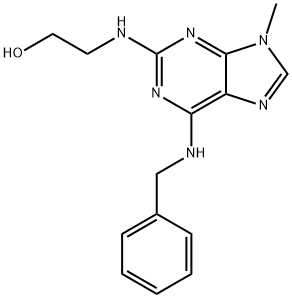
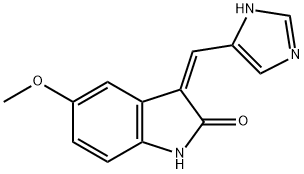
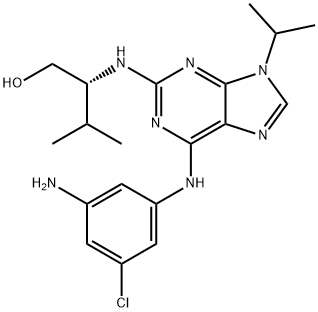
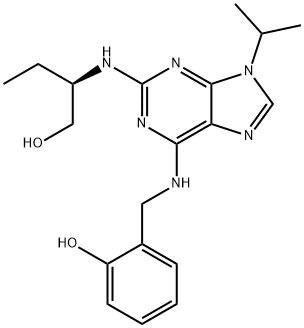
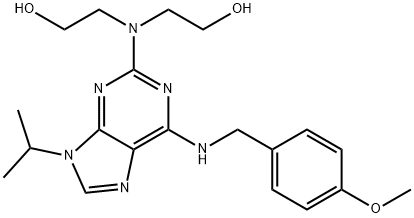
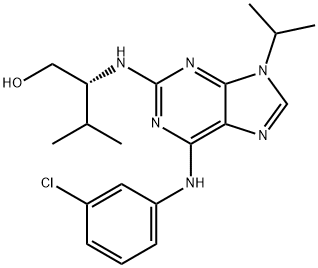
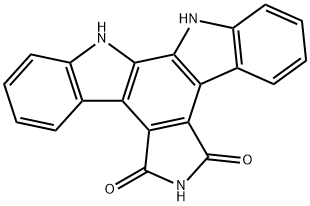
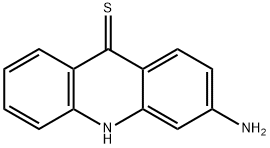
You may like
-
 Cdk1/2 Inhibitor II, NU6102 CAS 444722-95-6View Details
Cdk1/2 Inhibitor II, NU6102 CAS 444722-95-6View Details
444722-95-6 -
 1975-50-4 98%View Details
1975-50-4 98%View Details
1975-50-4 -
 2-HYDROXY BENZYL ALCOHOL 98%View Details
2-HYDROXY BENZYL ALCOHOL 98%View Details
90-01-7 -
 2-Chloro-1,3-Bis(Dimethylamino)Trimethinium Hexafluorophosphate 221615-75-4 98%View Details
2-Chloro-1,3-Bis(Dimethylamino)Trimethinium Hexafluorophosphate 221615-75-4 98%View Details
221615-75-4 -
 61397-56-6 CIS BROMO BENZOATE 98%View Details
61397-56-6 CIS BROMO BENZOATE 98%View Details
61397-56-6 -
 14714-50-2 (2-Hydroxyphenyl)acetonitrile 98+View Details
14714-50-2 (2-Hydroxyphenyl)acetonitrile 98+View Details
14714-50-2 -
 118753-70-1 98+View Details
118753-70-1 98+View Details
118753-70-1 -
 733039-20-8 5-broMo-2-chloro-N-cyclopentylpyriMidin-4-aMine 98+View Details
733039-20-8 5-broMo-2-chloro-N-cyclopentylpyriMidin-4-aMine 98+View Details
733039-20-8